Early, Classical and Beyond: April 09
|
Louis-Claude D'Aquin - Noëls pour orgue Francois Zeitouni XXI XXI-CD 2 1609 |
Anne Robert; Jacques Boucher XXI XXI-CD 2 1626 |
Two organ records arrive from Montreal, from the same label, and they could not be more different from one another! François Zeituoni plays the recently-installed Guibault-Therien organ at Le Grands Seminaire de Montréal. The specifically French voicing and registration give the recording an alarming immediacy, and D'Aquin's early 18th-century Noëls contain enough angular lines and fanfare-like passages to wake the most drowsy parishioner.
Violinist Anne Robert and organist Jacques Boucher work with the recently restored sprawling Casavant Opus 615 at Saint-Jean Baptiste, and this monster shimmers with a sublime delicacy that makes it a truly effective partner for violin, although the engineer exaggerates this equality by his microphone placement. Their disc runs through the work of seven different composers, including Canadian John Burge, who contributed a commissioned piece. Reger's short Romanze sounds almost as if it were written for these two.
Both of the CD's are well presented, with music superbly played and recorded. However, you need reading glasses to cope with the notes. Robert and Boucher's disc has the tiniest of type, white on black background, in both languages. The Noëls CD is particularly bad, with a compressed, ALL-CAPS FONT, ill-suited to body copy. Both organs are dissected in the usual way of listing, with full-frontal photos of each. Both CD's are suitable for serious collections, and enthusiasts will note that Karl Wilhelm (builder of Toronto's St. Andrew's Presbyterian organ) helped prepare the instrument for Zeituoni.
John S. Gray
Concert notes: The month-long organ festival Organix 2009 kicks off on May 1 at the Church of the Holy Trinity with a recital by Dame Gillian Weir and runs throughout May. See our current listings for two organ recitals on May 4 and a tribute to Felix Mendelssohn on May 6.
Patrice Lare
XXI XXI-CD 2 1533
Patrice Lare is a Paris born pianist who studied in Russia and came to Quebec in 1993. He is building an impressive career (see www.patricelare.com) and has already issued two CD’s with his cellist wife Velitchka Yatcheva. This is his first solo CD as a pianist.
Playing these ambitious showpieces of the great magician of the keyboard is no mean task. The pianist possesses an elemental, masculine force, lots of stamina and powerful hands to handle the thundering climaxes. His technical prowess is unquestionable and his playing is very precise. Note for example the fugato section in the Sonata where his skill in Bach shows up par excellance.
The Sonata in b minor is a titanic masterpiece, a milestone in the literature where Liszt experimented with changing the traditional form by compressing or ‘telescoping’ the movements. Although the form seems loose, there is an inner logic difficult to interpret. In Lare’s playing I feel the overall structure is too rigid and lacking the natural sweep of emotion, the ebb and flow that only the greatest pianists could achieve. At this point I couldn’t rightfully recommend this performance, but given time and maturity he will assuredly overcome this challenge.
The shorter, bravura pieces however generally come off very well. My favorite is the Mephisto Waltz, where his powerful hands build up a very effective crescendo right at the beginning and the transition to the lyrical mid-section is beautifully done. There are many changes of mood here but the structure is held together and the piece really becomes a brilliant mockingly devilish dance. In similar vein, the Rhapsodie Espagnole, a very colourful, challenging and enjoyable work is played to the hilt and the good old Steinway is given a big workout.
Janos Gardonyi
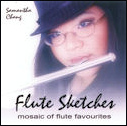 Flute Sketches - Mosaic of Flute Favourites
Flute Sketches - Mosaic of Flute Favourites
Samantha Chang; Ellen Meyer; Khai Nguyen; Amy Laing
Independent (www.samanthaflute.com)
Flutist Samantha Chang’s debut CD, “Flute Sketches” offers a variety of repertoire, ranging from Paul Taffanel’s Mignon Fantasy of 1866 to Tod Dorozio’s The Exodus Partita written just last year for Ms. Chang. From the one hundred and forty-two years separating these two compositions are works by Albert Woodall, Erwin Schulhoff, Carl Reinecke, Eugene Goossens, Astor Piazzolla and Mizi Tan.
Ms. Chang is at her best in the lyrical music she has chosen for the CD. She has a strong affinity, for example, to A Caged Partridge’s Longing, by Toronto flutist, composer and her first teacher, Mizi Tan, using a sound akin to that of a bamboo flute, entirely appropriate to the piece. Her interpretation of Schulhoff’s Sonata, especially the first movement, is very convincing, although I often wished she could bring to more of her playing the intensity of sound she produced about three-quarters of the way through Carl Reinecke’s late (1908) composition, Ballade.
The always confident but never intrusive piano playing of Ellen Meyer makes a tremendous contribution throughout. Amy Laing’s expressive cello in Piazzolla’s Oblivion and Khai Nguyen’s capable violin playing in the Piazzolla and in Goossens’ Romance and Humoreske add variety and interest.
Ms. Chang is a young and resourceful artist with a strong personal commitment to the flute. This CD is a promising beginning.
Allan Pulker
|
Minsoo Sohn Honens
|
Hong Xu Honens |
Schumann Hinrich Alpers Honens
|
Named for Calgary philanthropist Esther Honens, the Honens Piano Competition is a unique Canadian musical event which began in 1992, and is held every three years. The competition’s unique approach takes as its premise that much of the learning process of a concert artist occurs outside the practice studio, and the focus is to discover those individuals whose talent both “inspires the heart and engages the intellect.” Indeed, a formidable pairing of both heart and intellect are clearly discernible on these three Honens label discs which I had the recent pleasure of auditioning, and which feature the respective first, second, and third Laureate prize-winners from the 2006 competition: Minsoo Sohn, Heinrich Alpers, and Hong Xu.
First Laureate Minsoo Sohn began piano studies in his native Korea and he later continued at the New England Conservatory in Boston. He admits he wasn’t entirely convinced he would eventually be a musician, explaining that for a while, he even dreamed of becoming a baseball player! Nevertheless, there is no doubt as to his prodigious talent in listening to this all-Liszt recording featuring the 6 Paganini Etudes in addition to transcriptions of music by Bach, Beethoven, and Mozart. Minsoo Sohn takes these pieces – surely among the most difficult in the repertory – in his stride, displaying a breathtaking technique and the relentless fortitude required of any Liszt player. Yet Sohn’s approach is not all bombast. In pieces such as La Campanella and La Chasse, he demonstrates a particular lightness of touch, his hands seemingly dancing over the keyboard with a shimmering delicacy.
German-born Heinrich Alpers offers an all-Schumann disc, featuring the Faschingschwank aus Wien, the Kinderszenen, and the less-often played Sonata in F sharp minor. Alpers studied at the Hanover Hochschule für Musik and later at the Juilliard School, and he currently teaches piano, improvisation, and music theory at the Institute for Highly Gifted Children in Hanover. He won rave reviews at his New York debut in 2008, and little wonder! Alpers’ playing is stylish and eloquent - and while his solid technique is evident at all times, it never becomes an end unto itself. Clearly this is music played by a musician rather than a mere technician, and one who displays an innate feeling for the repertoire.
From 19th century Leipzig we turn to 18th century Vienna for a recording of keyboard music by Mozart performed by third Laureate Hong Xu. Included on this disc are the sonatas K.282, 310, 332, and 576 as well as the Adagio in B minor K540. A graduate of Wuhan Conservatory and the Juilliard School, Xu admits a love for the piano works of Mozart, and this admiration is clearly reflected on this recording. The playing is polished and self-assured, while always demonstrating the subtle nuances so important in interpreting this deceptively complex music.
Three different artists, each playing very different repertoire, and doing it well, make for very satisfying listening – a perfect melding of heart and intellect!
Richard Haskell
FELIX MENDELSSOHN –
Editor's Note: The Honens International Piano Competition and the Calgary Philharmonic Orchestra will celebrate Mendelssohn’s 200th birthday with the North American premiere of his Piano Concerto No. 3 in E minor. The score was recently completed and reconstructed by composer/conductor Marcello Bufalini for exclusive performance by Italian pianist Roberto Prosseda. Julian Kuerti conducts the all-Mendelssohn program on May 11, 2009 at Jack Singer Concert Hall in Calgary, which also includes the Hebrides Overture Op. 26 (Fingal’s Cave) and Sinfonia for String Orchestra No. 10 in B minor. Roberto Prosseda will be joined by his wife Alessandra Maria Ammara (2000 Honens Laureate) to perform the Concerto for Two Pianos in E major.
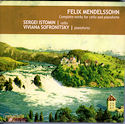 Mendelssohn - Complete works for cello and pianoforte
Mendelssohn - Complete works for cello and pianoforte
Sergei Istomin ; Viviana Sofronitsky
Passacaille 947 (www.passacaille.be)
During his short life Felix Mendelssohn composed five pieces for cello and piano, all remarkable for their perfect blend of Romantic expression clothed in classical language. That these pieces comprise exactly enough music to fill a single CD is quite a stroke of luck; that it has been recorded on period instruments by Viviana Sofronitsky and Sergei Istomin is not only fortuitous for us all today, but a posthumous stroke of luck for Felix Mendelssohn as well. Istomin, formerly with Tafelmusik and now resident in France, plays an 18th-century Widhelm cello here; and Sofronitsky, founder of Toronto’s Academy Concert Series and now living in Prague, plays a Graf copy fortepiano by Paul McNulty.
The ‘big ticket’ items on this CD are the three-movement sonata op. 45 and its later, larger counterpart, op. 58. The first movements of both are grand and dramatic, and brilliantly played. The sardonic quality of op. 58’s allegretto scherzando is delightful here, and the innocent ending of op. 45 perfectly concludes this program of rich musical chiaroscuro. Also included are the Variations Concertantes (op.17), premiered on Mendelssohn’s first trip to London in 1829; the short Romance without words, published posthumously in 1868; and a short Assai tranquillo, the ephemeral ending of which leaves us wanting just a little more…
This recording will no doubt come as a revelation to many. Here there is no struggle for a balance between the voices of cello and piano, a problem all too familiar on modern instruments. Istomin and Sofronitsky’s performance is a genuine and focused musical dialogue, full of thoughtful phrasing and a fluid and natural exhange of roles as the music requires. Both artists play with virtuosic flair, refined musical sensitivity, and an obvious affection for the repertoire. And their breadth of their tonal and dynamic palette is pretty astonishing!
On top of that, this disc is beautifully recorded and packaged. The cover features a Swiss landscape painted by Mendelssohn himself in his last year; the notes are informative and readable; and the CD’s program order is brilliant, highlighting the composer’s variety of approach to this instrumental combination. Buy this disc. You won’t be sorry!
Alison Melville
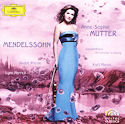 Mendelssohn - Violin Concerto;
Mendelssohn - Violin Concerto;
Piano Trio No.1; Violin Sonata
Gewandhausorchester Leipzig;
Kurt Masur; André Previn; Lynn Harrell
Deutsche Grammophon 00289 477 8001
Anne-Sophie Mutter always manages to find something fresh to say with even the most familiar repertoire, and does it again with this brilliant performance of the Mendelssohn concerto, recorded in concert at the Gewandhaus in Leipzig with Mendelssohn's own orchestra.
Issued to mark the bicentenary of Mendelssohn's birth in February 1809, this CD/DVD package also includes outstanding performances of the D minor Piano Trio Op.49 and the F major Violin Sonata, the latter in the 1953 Menuhin edition.
All three CD performances were captured for the DVD, and the coverage of the concerto in particular is outstanding, with virtually every possible camera angle and distance showing soloist, conductor and orchestral players to great effect. Few shots last longer than 4 or 5 seconds, but the constant movement is never annoying or inappropriate; on the contrary, it serves to fully involve the viewer in the performance. Close-up coverage of Mutter's left hand, from behind as well as from in front, is particularly satisfying.
Much the same approach is used for the Piano Trio and Violin Sonata, recorded (without an audience) in the Musikverein in Vienna; again, these are very much internal views of the performances.
The DVD includes a fairly short documentary, “Encounters with Mendelssohn”, which features some interesting observations from Mutter and her chamber colleagues, especially about Previn's apparently effortless playing in the Piano Trio!
The CD sound quality is excellent, with no hint of an audience present in the concerto.
Terry Robbins
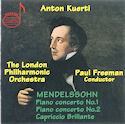 Mendelssohn - Piano Concertos
Mendelssohn - Piano Concertos
Anton Kuerti; London Philharmonic Orchestra; Paul Freeman
DoReMi DHR-6606 (www.doremi.com)
Mendelssohn’s Violin Concerto remains a concert-hall staple – but the two concertos that he completed for the piano (an instrument on which he himself was a virtuoso performer) have fallen into relative neglect. Why did they vanish from the repertoire?
This recording of Toronto pianist Anton Kuerti’s performance of the concertos – and also the Capriccio Brillante Op. 22 – raises the question. The CD is a reissue from 1986, and Kuerti is heard with the London Philharmonic Orchestra under Paul Freeman. While the sound quality is not quite up to today’s standards, the commitment of Kuerti and Co. shine through – illuminating both the strengths and weakness of the music.
The first concerto is unconventional: the three movements follow without a pause, and there is no formal cadenza. But there’s plenty of glittery pianism in both the first and third movements, which Kuerti renders with an admirable facility and evenness of tone. The second movement, by contrast, is more introspective. Kuerti’s approach is dreamy and tender – although, at times, his interpretation verges on the diffuse.
Like the first concerto, the second is also cadenza-less and continuous in its structure. It opens with a Beethoven’s Fifth-inspired movement that’s milked for every drop of drama. Kuerti’s handling of the transition to the slow movement is impressive, and what follows is probably the best playing on this disc. In the final movement, Kuerti and the LSO make the most of the music’s operatic ebullience.
Completing the disc is Mendelssohn’s Capriccio Brillante – which, as its title suggests, is a joyful single-movement romp. There are also moments of repose – and Kuerti takes full advantage of the opportunities for expressiveness that they afford.
I said something about strengths and weakness, didn’t I? To be sure, there’s much that is beautiful, and even sometimes profound, in this music. But there’s also an excess of “passage work” for the piano – and the naïve charm of the concertos’ final movements is sometimes more naïve than charming.
Colin Eatock


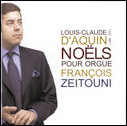
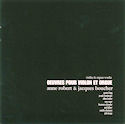 Ouvres pour Violon et Orgue
Ouvres pour Violon et Orgue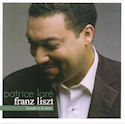
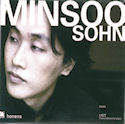
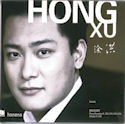
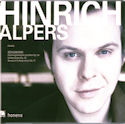
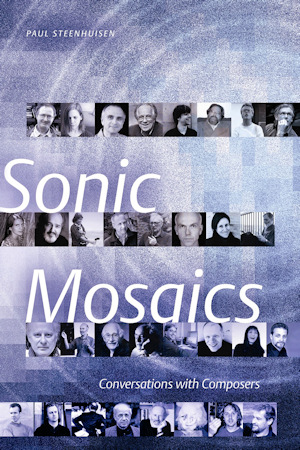
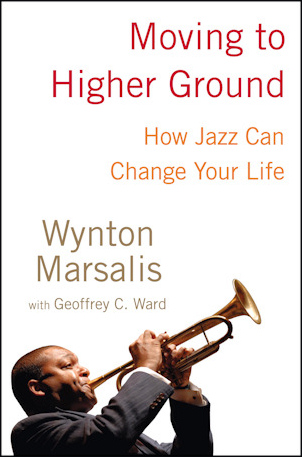
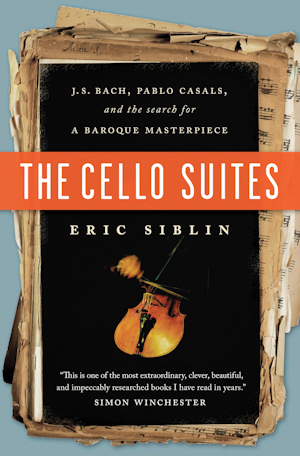
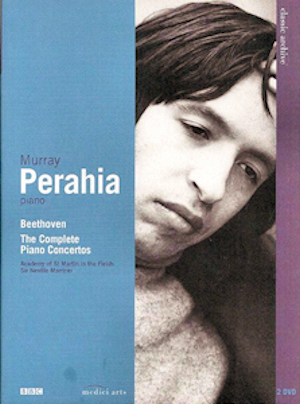
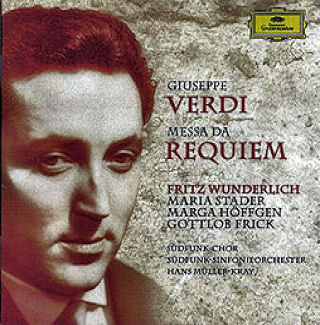
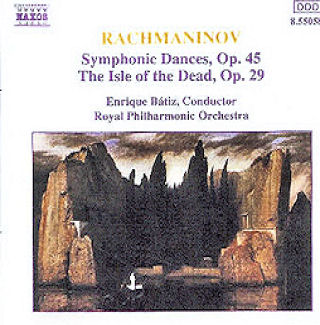
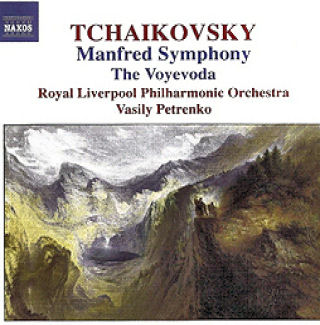
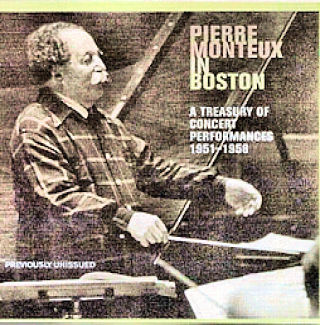
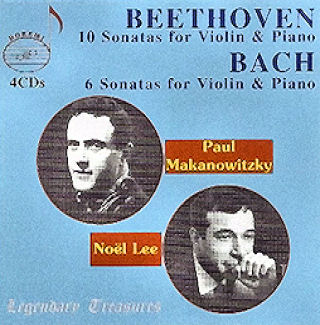
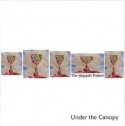
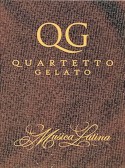
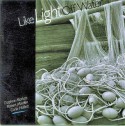
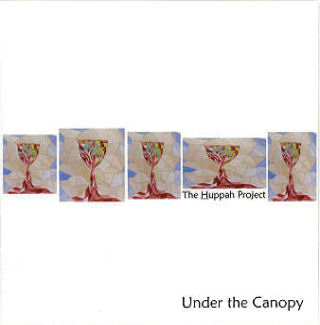
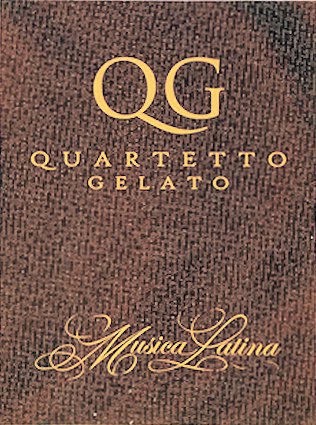
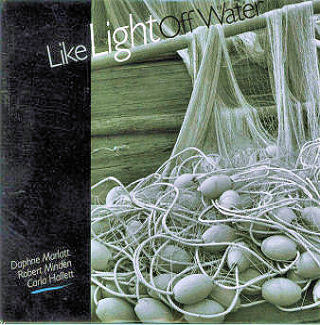
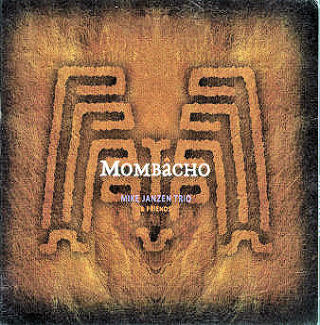
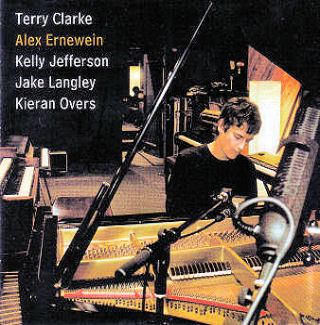
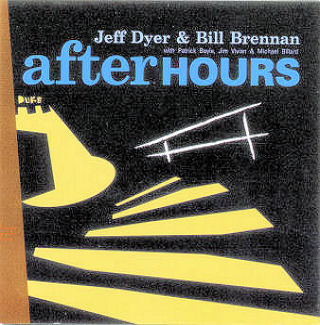
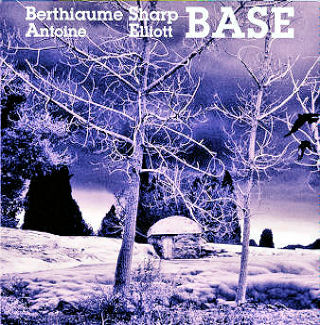
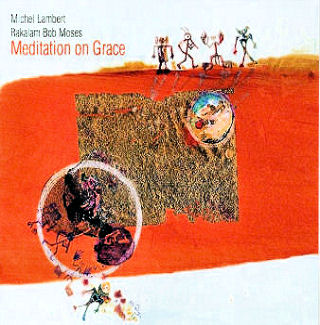
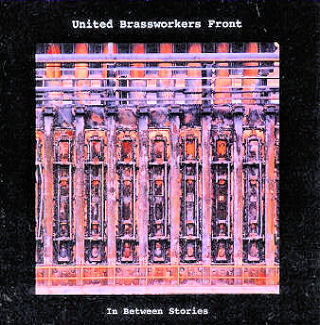
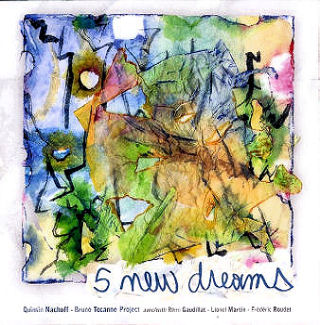
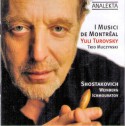
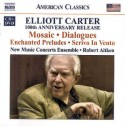
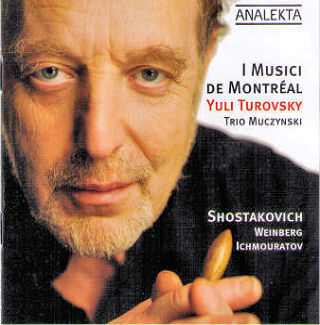
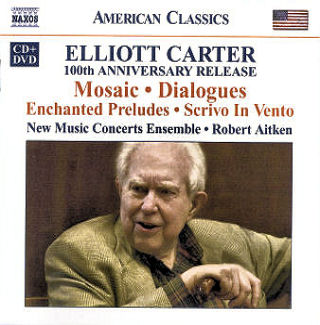
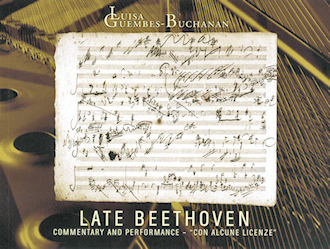
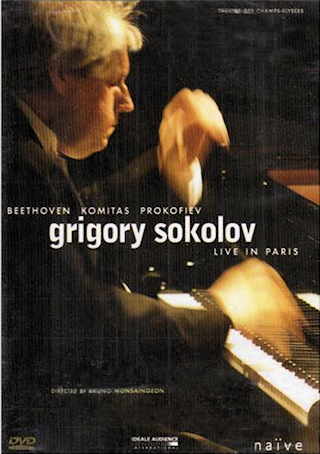
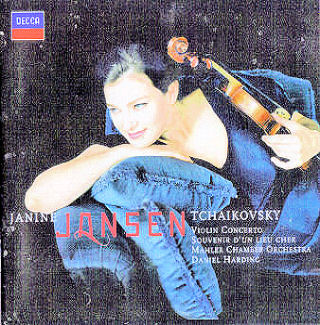
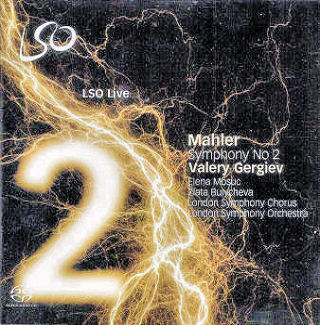
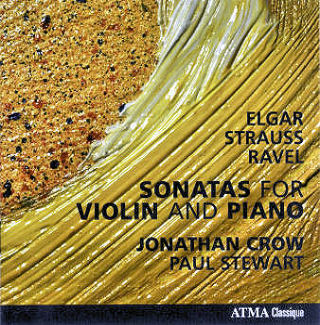
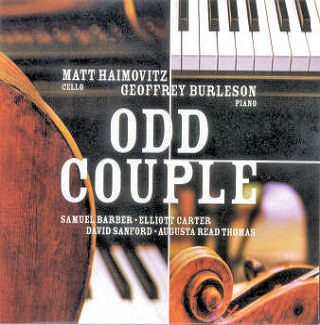
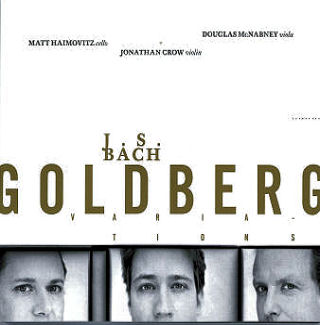
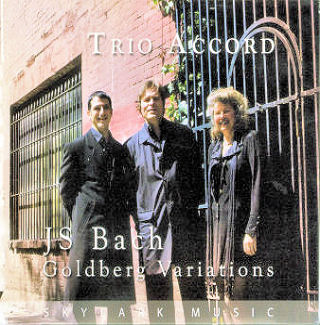
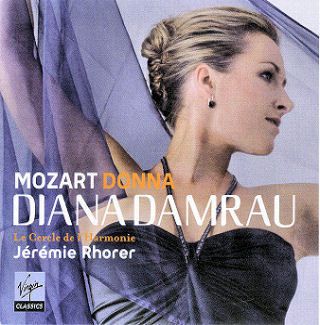
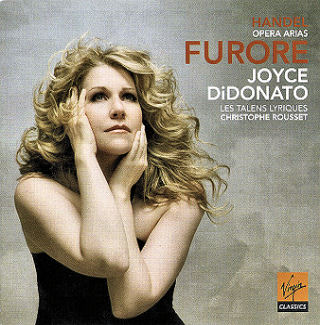
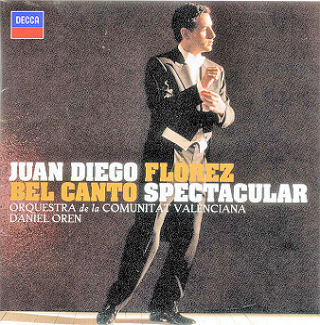
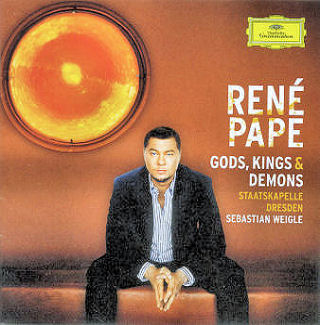
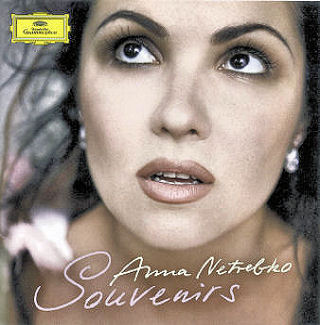
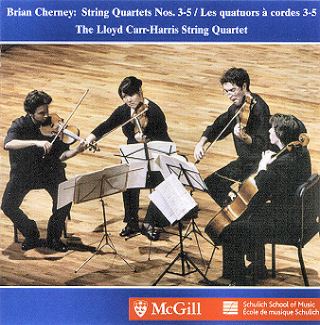
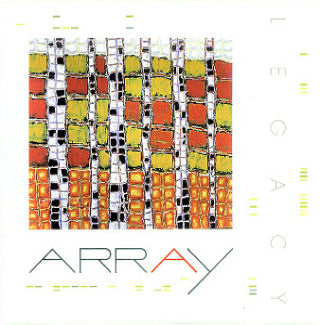
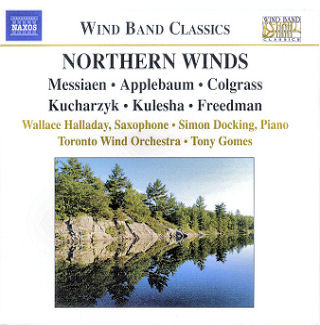






 It must be remembered that when George Szell came to prominence in the United States in the mid 1940s (and his mid-forties) he was a highly respected conductor and musician in Europe. He had a very solid grip on his repertoire which soon expanded to new works which he was debuting and championing. However, all that most music lovers around the world today know about Szell’s artistry they have divined from the recordings made by Columbia in Cleveland from the late 1940s on. In an interview with Szell as an intermission feature in one of the weekly broadcast concerts, he stated that Columbia allowed him to record items that he requested only if they were not in conflict with Ormandy or Bernstein. Those he did make revealed meticulously prepared performances which could be misinterpreted as a somewhat objective. The lean balances of those LPs and then CDs only reinforced that impression.
It must be remembered that when George Szell came to prominence in the United States in the mid 1940s (and his mid-forties) he was a highly respected conductor and musician in Europe. He had a very solid grip on his repertoire which soon expanded to new works which he was debuting and championing. However, all that most music lovers around the world today know about Szell’s artistry they have divined from the recordings made by Columbia in Cleveland from the late 1940s on. In an interview with Szell as an intermission feature in one of the weekly broadcast concerts, he stated that Columbia allowed him to record items that he requested only if they were not in conflict with Ormandy or Bernstein. Those he did make revealed meticulously prepared performances which could be misinterpreted as a somewhat objective. The lean balances of those LPs and then CDs only reinforced that impression.



